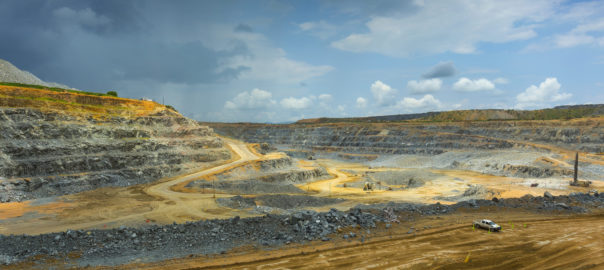Anglo American has talked up the use of bulk sorting in its operations as one of several projects it is spending $100-$500 million/y on as part of its technology and innovation investments.
The company, which reported earnings before interest, taxes, depreciation and amortisation of $9.2 billion for 2018 (up 4%), said bulk sorters could potentially be applied to all of its copper assets, in addition to mines in its Platinum Group Metals and Iron ore divisions.
An Anglo spokesman told IM late last year that the technology was going into the El Soldado copper mine in Chile and the company had plans to introduce it at the Barro Alto nickel operation in Brazil and the Mogalakwena platinum group metals mine in South Africa (pictured) as “next steps”.
The bulk sorters in question use sensors to determine ore content prior to processing, with gangue removed using the natural heterogeneity of orebodies.
In the company’s 2018 results presentation, Anglo said this technology provides immediate grade assays, unlocks production capacity by rejecting waste early in the process, allows for lower cutoff grades – as a result extending mine lives – and reduces both mining costs and complexity.
In a copper-related context, Anglo said the use of bulk sorters could reduce water and energy intensity by more than 10%.
In British Columbia, Canada, Teck Resources is currently using sensors mounted on shovels – MineSense’s ShovelSense product – to carry out effective bulk sorting at the Highland Valley Copper operations.








